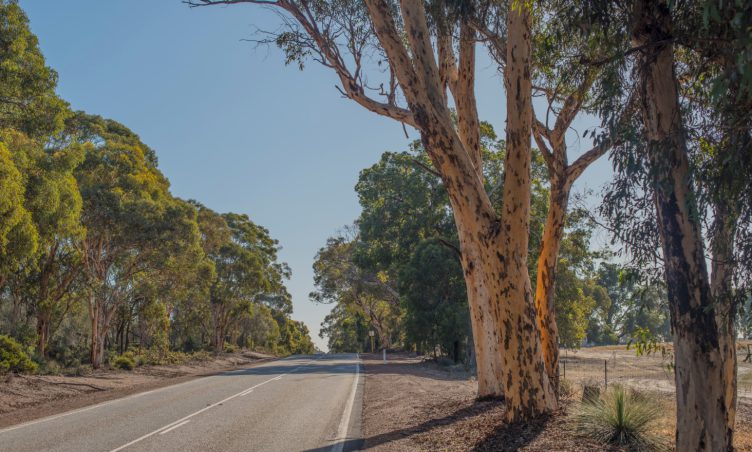What is Reproductive Justice?

Reproductive justice has been defined as the complete physical, mental, spiritual, political, social and economic wellbeing of women and girls, based on the full achievement and protection of women’s human rights (Ross, 2007; Ross, Solinger, 2017). This definition of reproductive justice also broadens the concept away from ‘reproductive rights’, which had a heavy focus on individual legal rights and abortion. Instead, reproductive justice looks to the broader structural determinants of sexual and reproductive health, including the socio-political context in which “choice” or “rights” can occur for many groups in society. Basically, this means considering how things like how much money you have, your visa status, disability status, marriage status, location, race, gender and sexual orientation might affect your sexual and reproductive health and the “choices” you make.
For example, population groups such as women, transgender and intersex women of colour, First Nations, queer communities, refugees, asylum seekers, and those with disabilities, have experienced historic and ongoing conditions where their reproductive and sexual autonomy have been monitored, surveilled, curtailed and regulated. Such practices include forced sterilisation, forced contraception, forced abortion and forced adoption. Other historical and contemporary practices might also include the prevention of access to contraception or abortion by the state either in an outright manner or in an exclusionary or highly regulated environment.
In their 2017 book ‘Reproductive Justice: An Introduction’, activist Loretta Ross & scholar Rickie Solinger defined the term reproductive justice as:
“…A contemporary framework for activism and for thinking about the experience of reproduction. It is also a political movement that splices reproductive rights with social justice to achieve reproductive justice.
The definition of reproductive justice goes beyond the pro-choice/pro-life debate and has three primary principles:
(1) the right not to have a child;
(2) the right to have a child; and
(3) the right to parent children in safe and healthy environments.In addition, reproductive justice demands sexual autonomy and gender freedom for every human being.”
What is the Disability Rights Movement?
The disability rights movement gained momentum in the 1960s alongside other civil and political rights movements of the time such as women’s rights and black rights movements. It was a movement led by people with disabilities and their allies, advocating for equal treatment and rights alongside social and political changes to the way disabilities were understood – moving from a medical model to a social model of understanding disability.
In a submission to a 2023 senate inquiry in relation to sexual and reproductive health, Women With Disabilities Australia notes that for women and gender diverse people with disabilities, reproductive justice is an important concept as there is often a limiting of critical access to information and resources that support their sexual and reproductive health, safety, and wellbeing of these groups. Without access to inclusive and intersectional sexual and reproductive health information and resources, these groups continue to frequently be denied the ability to make decisions about their own bodies, on the basis that they don’t have the knowledge or capacity to do so (WWDA p.8).
Histories of forced sterilisation, abortion & contraception
An Australian senate hearing in 2023 was told by disability and women’s groups that throughout history and even today, disabled Australian women face forced sterilisation, abortion and contraception, including ‘reproductive violence’, ‘coercion’ and ‘extreme’ violation of rights of women with disabilities.
The Victorian Women’s Health Services Network went on to advise the enquiry that there is no specific legislation that prohibits forced sterilisation in Australia and that other circumstances occur where women with disabilities are more likely to be vulnerable to family violence – including being forced to have abortions or use contraception. They also outlined how women with disabilities are more likely to be refused the right to consent to medical treatment including abortion are more likely to experience reproductive coercion that women without disabilities (see The Guardian, 27 April 2023).
Similarly, many First Nations women in Australia, as well as women of colour outside of Australia, report histories of forced sterilisation, contraception and abortion as part of colonial and eugenicist projects.
Ultimately, the aim of the reproductive justice movement is to ensure that everyone has access to the economic, social, and political power and resources needed to make decisions about our bodies, families and lives.






